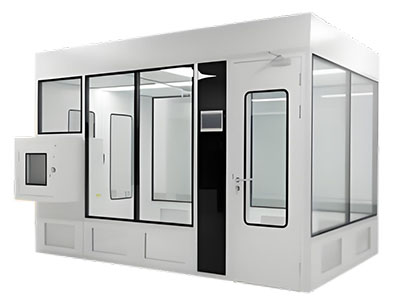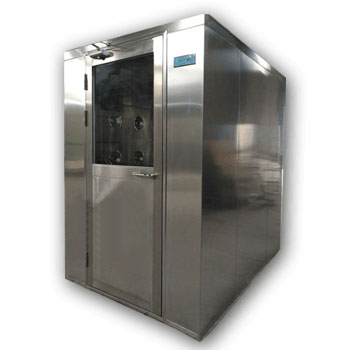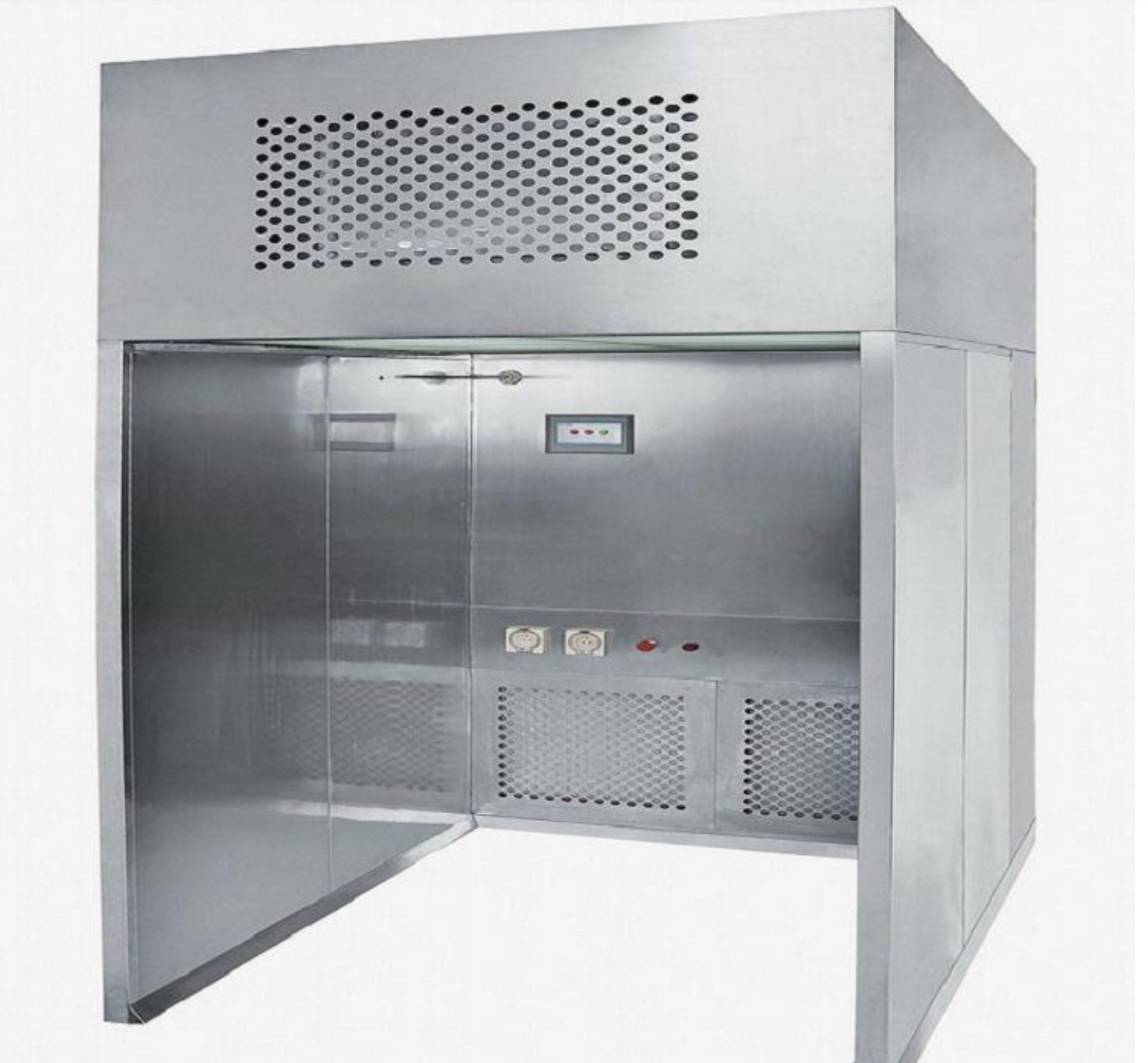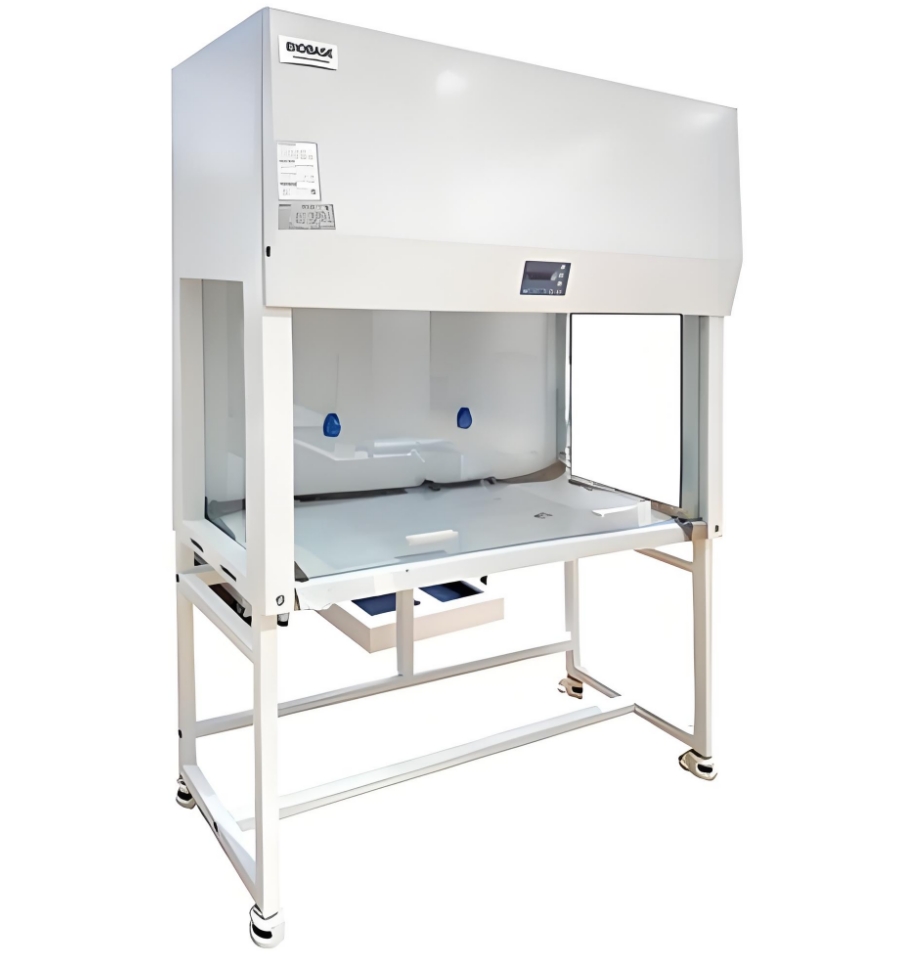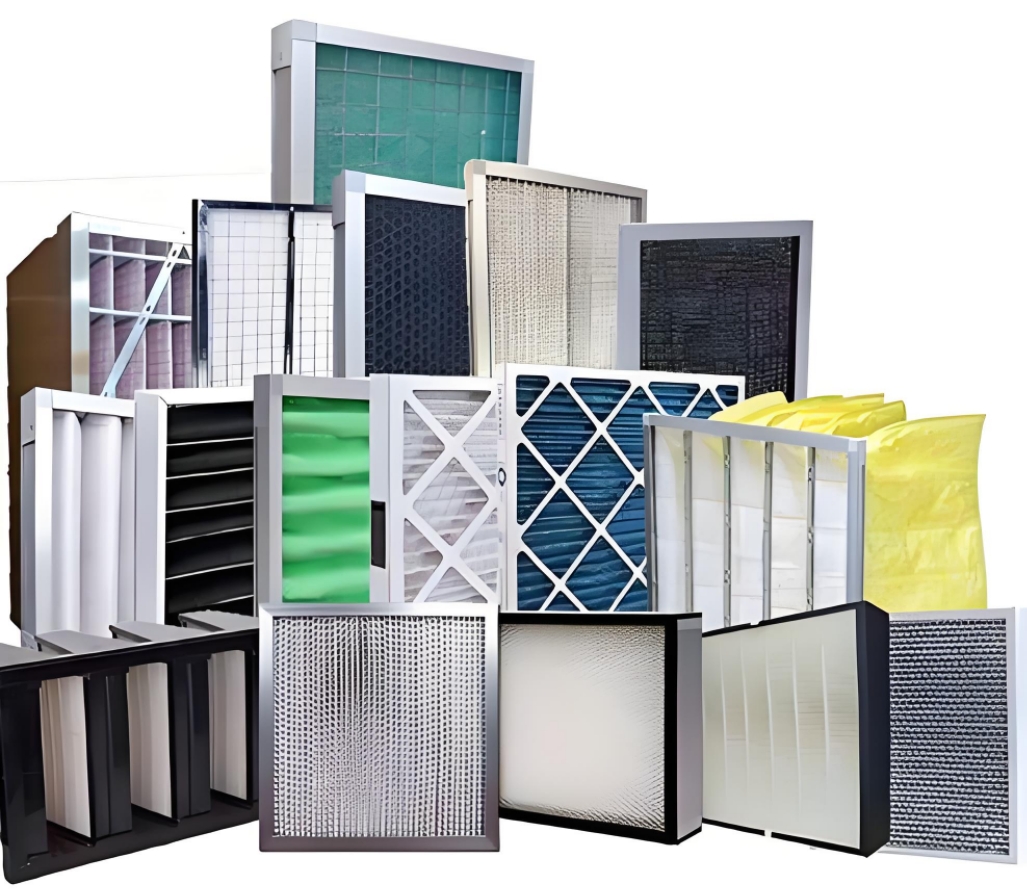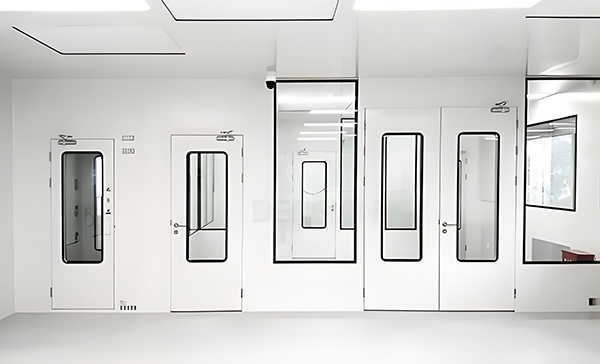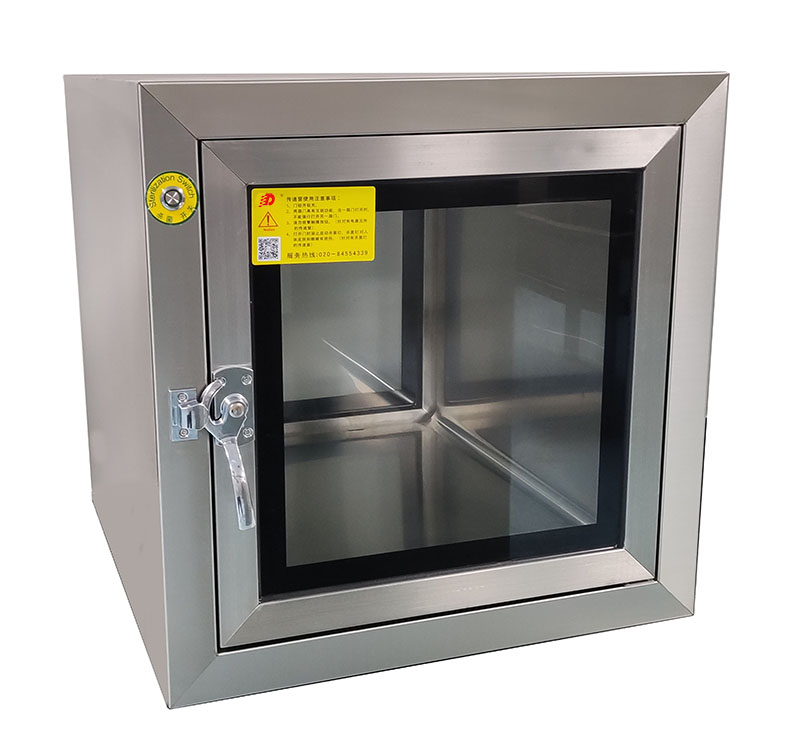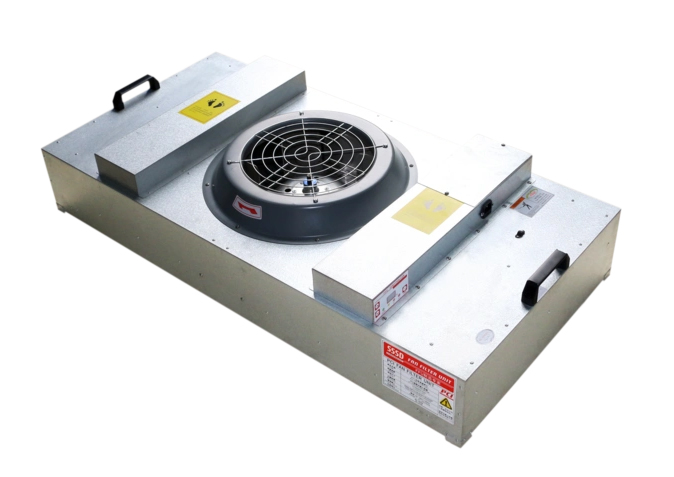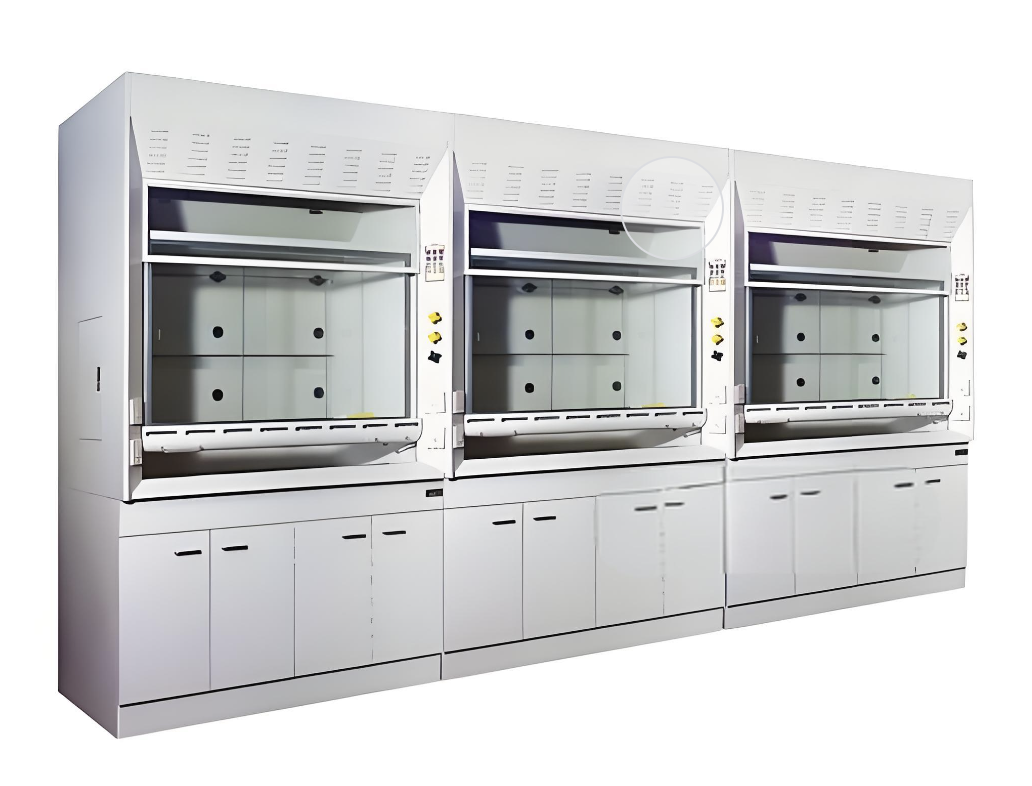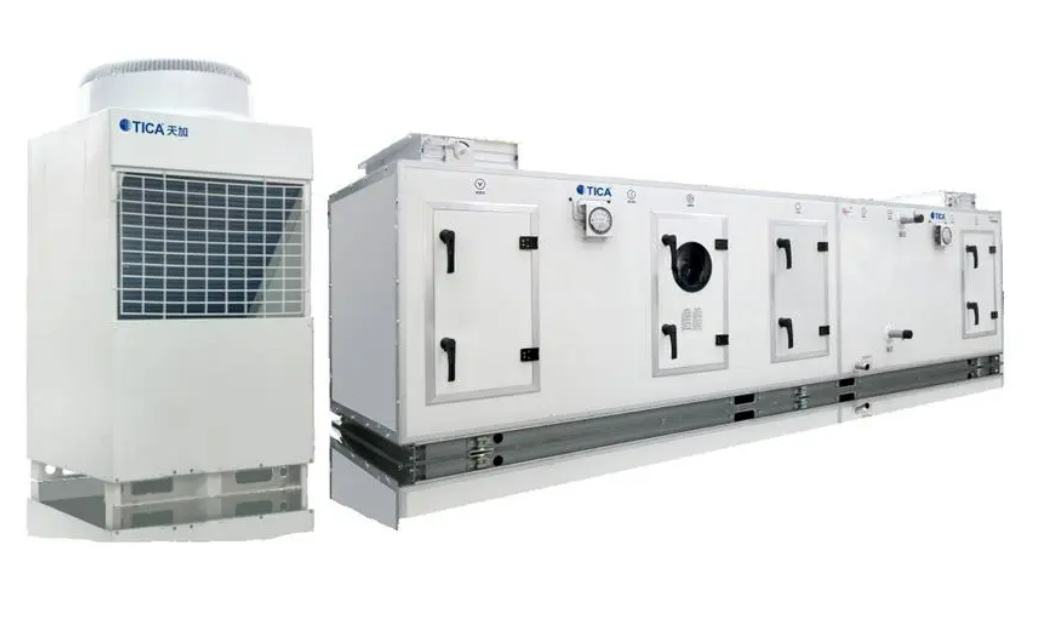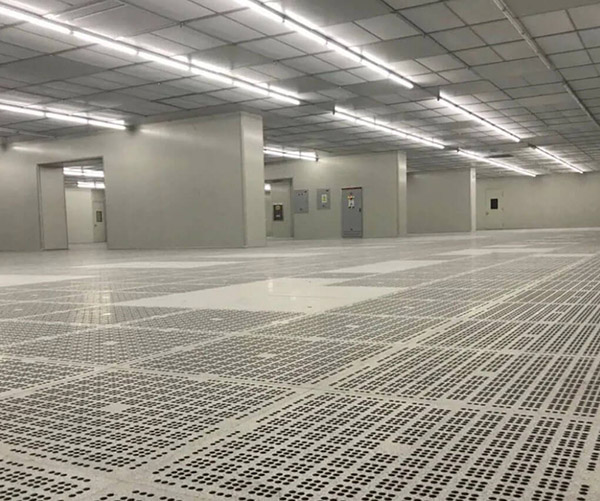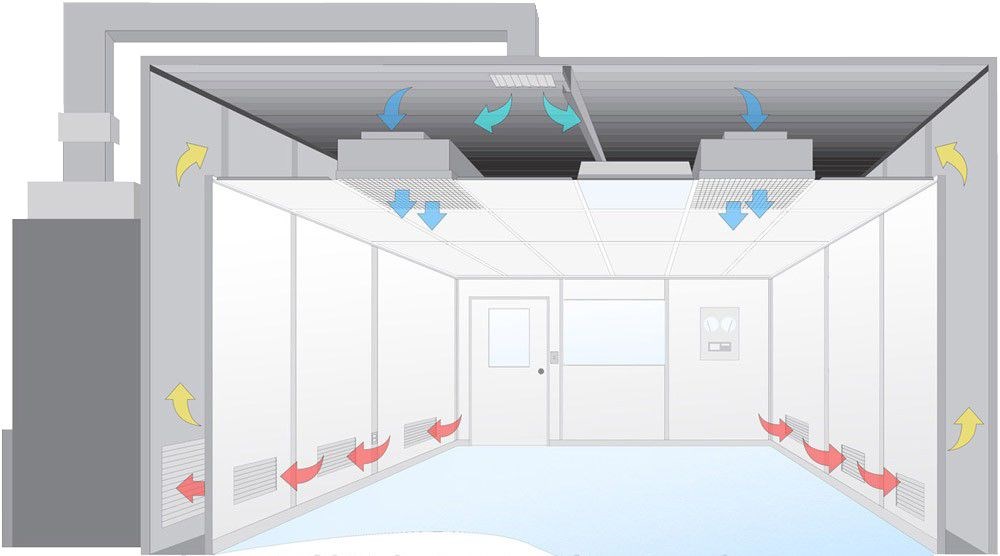Introduction
This management system establishes standardized protocols for clean room purification air conditioning, air compressor, and purified water systems. Dedicated personnel manage these critical systems to ensure optimal performance and compliance.
Scope
Applies to all purification air conditioning, air compressor, and purified water systems within clean room facilities.
Objective
Ensure system reliability, maintain environmental controls, and prevent contamination risks.
Critical Systems
- Purification air conditioning
- Air compression
- Water purification
1Purified Water System Requirements
Record Keeping
- Record raw water and RO effluent conductivity hourly
- Record equipment pressure and flow hourly
- Calculate and record UV lamp cumulative operating time per shift
- Test and record physical/chemical items per shift
2 Power System Management Requirements
Electrical | Cleanroom Solutions

3Additional System Requirements
!Operational Timing
Turn on air conditioner 30 minutes before production and turn off 30 minutes after completion. During high humidity (April-September), use steam during self-cleaning to balance temperature/humidity.
!Fumigation Protocol
- Stop Air conditioning system during clean area fumigation
- After fumigation, sterilize air conditioning units and ducts
- Circulate system for 5 minutes before production (fresh air/exhaust closed)
- Exhaust based on disinfectant type: 30 min for ozone, 12 hours for formaldehyde
! Filter Replacement
Replace primary/medium-efficiency filters when resistance reaches twice initial value or after 3 months. Clean filters max 3 times before replacement. Replace immediately if damaged.
!Shift Handover
Follow "Workshop Shift Handover Management Regulations" for all system transitions.
! Abnormal Situation Handling
- Notify production shift leader immediately for temperature/humidity/pressure abnormalities
- During power/steam failures, notify production to take precautionary measures
4Compliance Enforcement & Penalties
| Violation | Fine |
|---|---|
| Failure to open/close air conditioner, air compressor, or purified water unit as required | ¥20 |
| Failure to clean/replace primary/secondary efficiency units | ¥20 |
| Failure to open air conditioner for neutralization after sterilization | ¥20 |
| Failure to Clean air conditioner/purified water system weekly (dust/spider webs) | ¥10 |
| Failure to maintain operation records | ¥5 |
| Failure to disinfect purified water system on schedule | ¥10 |
Critical Note
When air conditioner is not operational, immediately notify production manager to halt production activities.
Water for Production & Sterilization
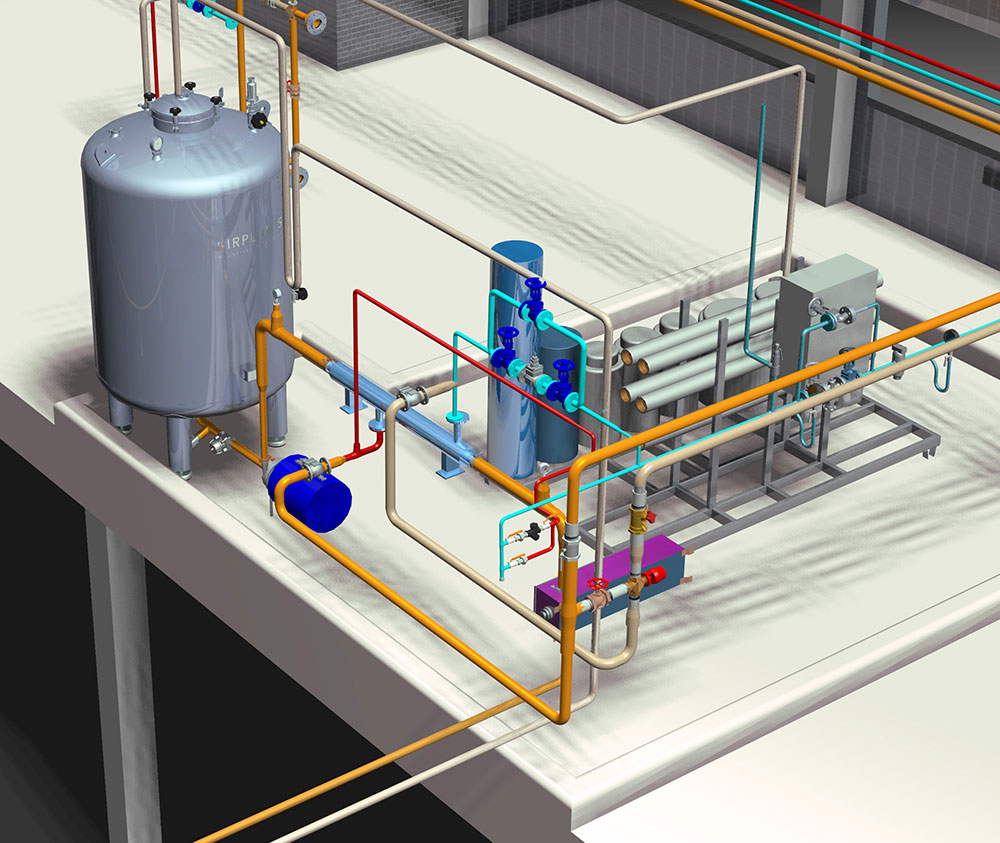
5 Frequently Asked Questions
1. How does air conditioning work in A Clean Room?
Specialized HVAC systems regulate temperature, humidity, and air quality while maintaining cleanliness standards through advanced filtration and airflow control.
2. What is the role of air filtration in clean room air purification?
hepa/ULPA filters trap particles and contaminants to maintain clean environments, serving as the primary defense against particulate contamination.
3. What are the requirements for A Clean Room air compression system?
Systems must provide clean, dry, filtered compressed air without contaminating the controlled environment, requiring specialized filtration and monitoring.
4. How is purified water managed in A Clean Room system?
Water undergoes rigorous filtration, treatment, and storage processes to meet purity standards required for pharmaceuticals, biotechnology, and Electronics manufacturing.
5. What maintenance is required for clean room systems?
Regular cleaning schedules, equipment calibration, filter replacement, and continuous system monitoring are essential to maintain compliance with Clean room standards.
 +86 18186671616
+86 18186671616 Jason@cleanroomequips.com
Jason@cleanroomequips.com
 MENU
MENU

